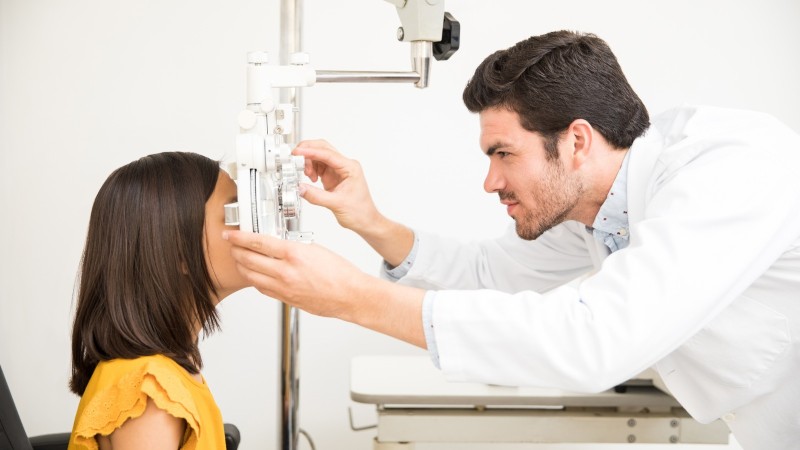Myopia is a serious health problem across the world. WHO estimated half of the population around the world might be myopic. Recently, insufficient time spent in outside activities has been recognized as a serious risk factor for myopia progression. The intensity and duration of closer workspace activities are associated with myopia.
Myopia Profile has a mission: to improve the vision care for children globally. It has the vision to deliver public awareness and eye care practitioner education, the largest global professional data resource on childhood myopia.
Myopia – can it be treated?
Yes, myopia has the chance to be treated with contact lenses or eyeglasses, and in some cases, refractive surgery, but it depends on the severity. When myopia is unaddressed earlier, high myopia might rise, and it can develop more severe conditions on vision later in life, such as:
- Cataracts
- Detached retinas
- Glaucoma
What is refractive surgery?
Refractive surgery is an optical eye surgery used to develop refractive eye conditions and eliminate or decrease glasses or contact lens dependency. It includes several methods of cornea surgical remodeling, lens replacement, or lens implantation. Refractive surgery is a subfield of ophthalmology, a surgical correction of refractive errors in human vision.
How is refractive surgery performed?
LASIK surgery is laser refractive surgery for correcting vision problems, which can be the best alternative to contact lenses or eyeglasses. The surgery uses a special cutting laser to change the dome-shaped clear tissue’s shape precisely. It is located at the cornea to improve vision.
A normal eye vision has a cornea that bends or refracts light precisely to the retina. In Myopia, the light is bent incorrectly, which results in blurred vision. Contact lenses or eyeglasses can correct vision while reshaping the cornea provides necessary refraction.
Myopia management integration into clinical practice
A successful formula for ECPs to integrate myopia management into clinical practice has been performed. It has been found that in primary eye care practice, in all settings, one effective optical intervention will be the use of contact lenses or spectacles, providing a better myopia control option. The formula conducted has taken three simple steps:
- Get started. Starting a conversation about myopia should be your first move. The typical childhood progression has impacted the eye function and may increase the risk of vision impairment and eye disease, and increases myopia progression. Provide advice about the visual environment, which is a good practice for all kids.
- Considering the optical correction. Single vision correction will not be the best practice for progressing myopia. One effective optical intervention is the use of contact lenses or spectacles for better myopia control.
- Get the next steps. Expanding myopia management expertise is possible by considering the scope and setting of practice. It means that you are adding detailed management and binocular assessment plans.
Controlling myopia can be difficult, but not with enough knowledge of the eye condition.



